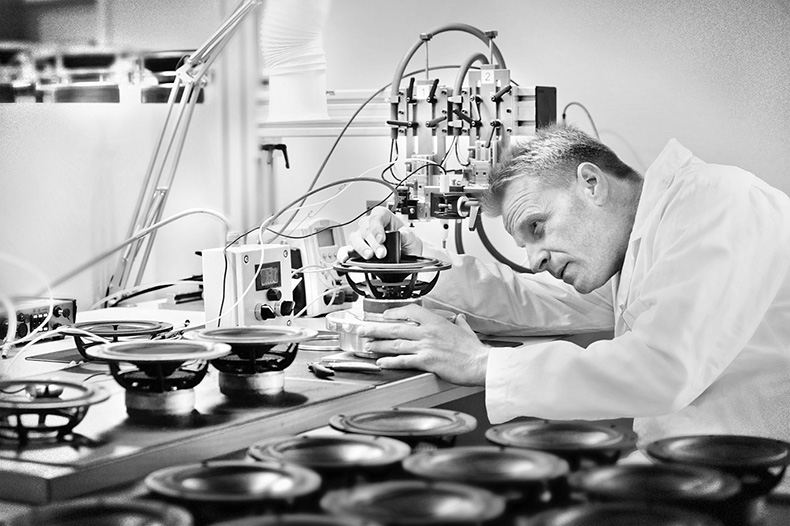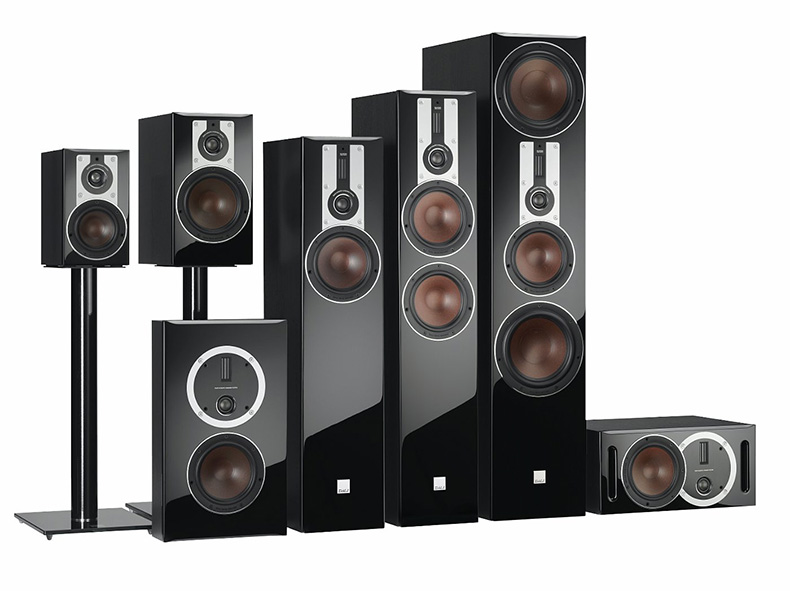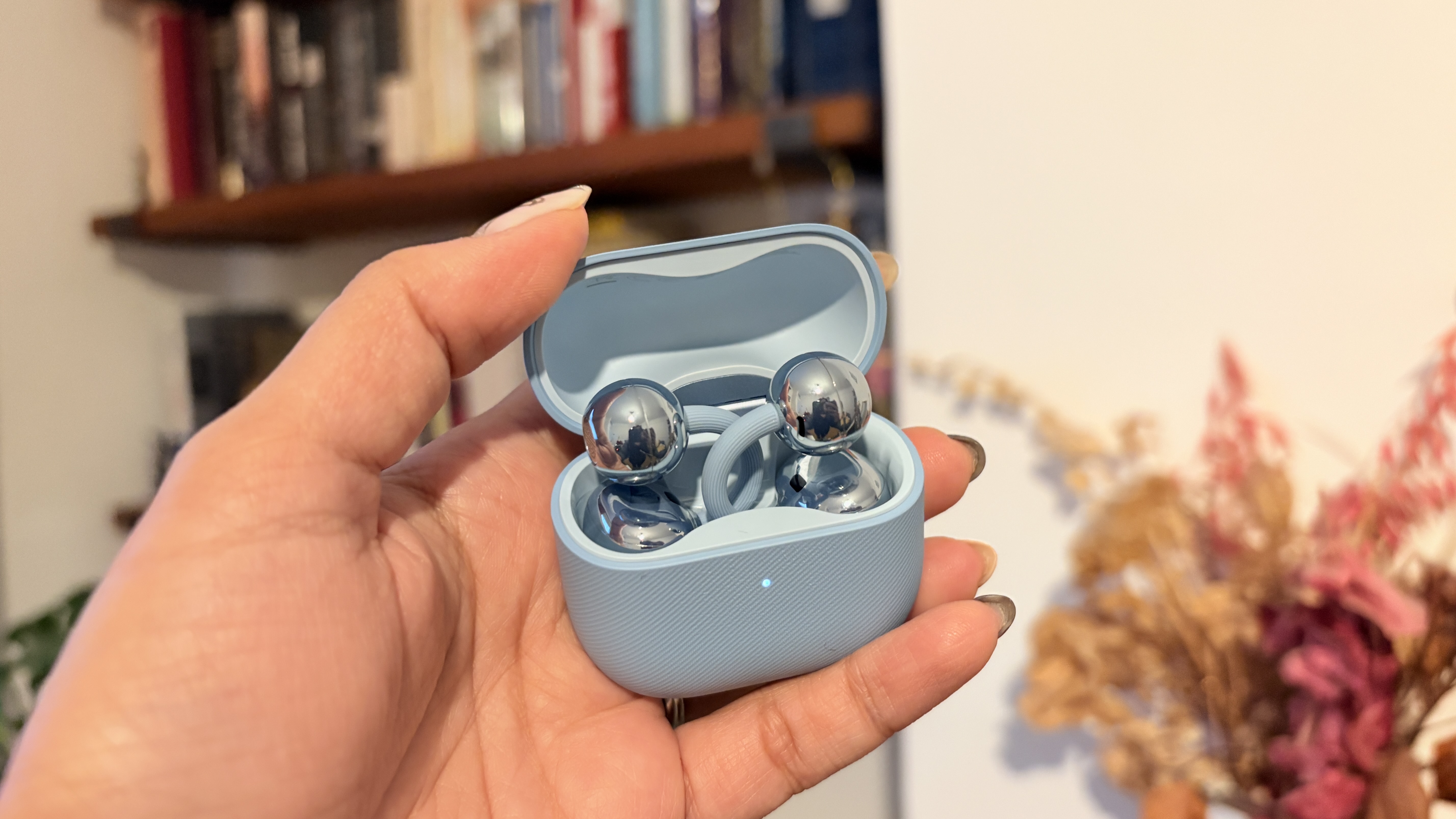
Think about it for a moment. Converting electrical signals into precise sounds using, in part, paper? Doesn’t seem easy, does it? Doesn’t even seem likely. More like witchcraft, in fact. Yet the fundamental technology of the loudspeaker, the scientific methodology of turning an electrical impulse into a recognisable and specific sound, is into its third century of development.
Danish physicist HC Orsted discovered the principle of electromagnetism in 1820, and by the end of that century the first loudspeakers (which would have been impossible without electromagnetic theory) were part of the revolutionary development of the telephone system.
As early as 1861 Reis had installed a loudspeaker in his telephone; Bell and Siemens applied for patents on their loudspeaker technology in 1876 and 1877 respectively, and Edison wasn’t far behind. And while there were periodic detours into the realms of compressed air amplification, the horn-and-diaphragm arrangement (familiar from the HMV logo as well as any number of pre-War films) morphed into the moving-coil arrangement that endures today.
The first practical, working moving-coil loudspeaker was introduced by US-based Dane Peter Jensen in 1915, and as the technology matured, applications away from telephony became the loudspeaker’s raison d’être. Radios, public address systems and the wildly popular new cinemas all featured variations on the moving-coil template by the late 1920s and early 1930s.
An industry standard
Development was rapid and continuous. In 1924 the moving-coil principle was patented by Kellogg and Rice (that’s Kellogg of General Electric, not Kellogg’s’s Kellogg) and the first commercial application was the RCA Radiola receiver, which was fitted with a single six-inch driver ahead of an electromagnet and voice coil. It sold for $250 (almost $3500 in today’s money).
In 1937 the Shearer Horn System for Theaters became the first film-industry standard loudspeaker system thanks to patronage from Metro-Goldwyn-Mayer – it consisted of four 15in low-frequency drivers and a single horn (with two drivers) handling high frequencies.
1943: Altec Lansing introduces its Duplex driver, a high-frequency horn set in the centre of a 15in low-frequency driver and designed to give source-point performance. And in 1945 the same company introduced its ‘Voice of the Theater’ system, designed to handle the sort of volume levels a packed cinema requires – the Academy of Motion Picture Arts and Sciences made it the ‘film house’ standard in 1955.
The latest hi-fi, home cinema and tech news, reviews, buying advice and deals, direct to your inbox.
And ever since, the technology has been finessed and newer, better, more esoteric materials have been utilised. But in principle, very little has changed.
The loudspeaker driver with which we’re all so familiar consists of four elements: the diaphragm (or cone), the suspension (or spider), the voice coil and the magnet. Apply an alternating-current electrical signal through the voice coil (which is a coil of wire suspended in the gap between the two poles of the magnet) and the movement of the coil causes movement of the cone. The cone displaces air and causes sound-waves.
Of course, where high-fidelity applications are concerned, the way information is divided between multiple drivers, and the effect the cabinet they’re housed in has on the way the cones ultimately perform, is almost as crucial as the driver itself.
It almost goes without saying the best results nearly always come from extensive research and development, exhaustive design, and complete lack of compromise where materials and manufacture are concerned. Just because this technology is long-established, it doesn’t follow that it’s easy or inexpensive to implement.

That’s something DALI understands and has understood from the word ‘go’ (‘go’, in DALI’s case, being 1983). That’s why each and every driver fitted to its extensive range of high-performance loudspeakers is designed from scratch, by the company’s own engineers working at DALI HQ in Norager, Denmark.
Thanks to this commitment to painstaking acoustic research, design and manufacture, DALI is able to voice its loudspeakers to sound precisely as it intends. Picking up the baton and running with it: it’s a proud tradition in the history of loudspeakers.
You can get your eyes and ears around the new DALI Opticon speakers at the DALI: Live from London event. It’s being hosted at the amazing Hospital Club in Covent Garden, and live on whathifi.com. Stay tuned…
